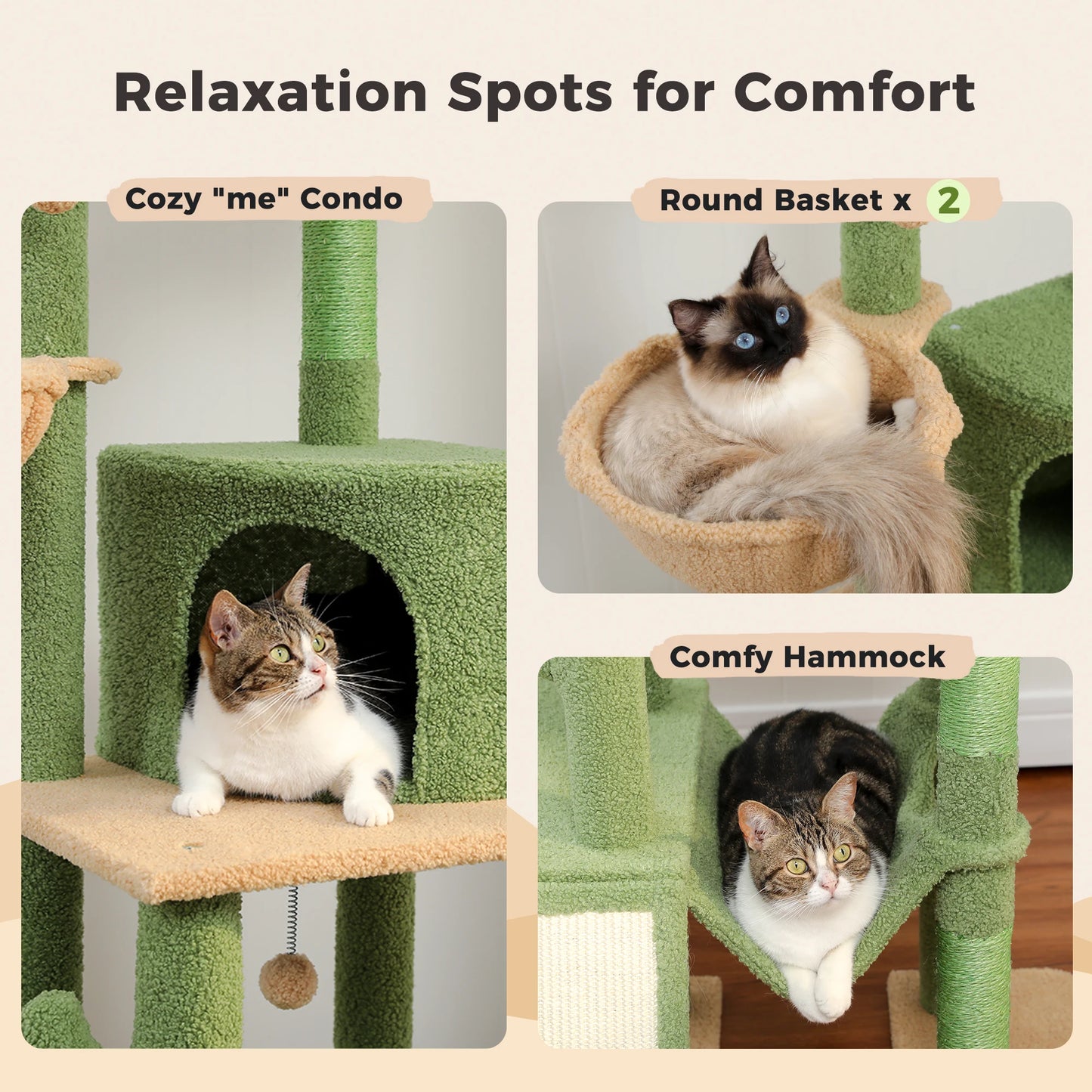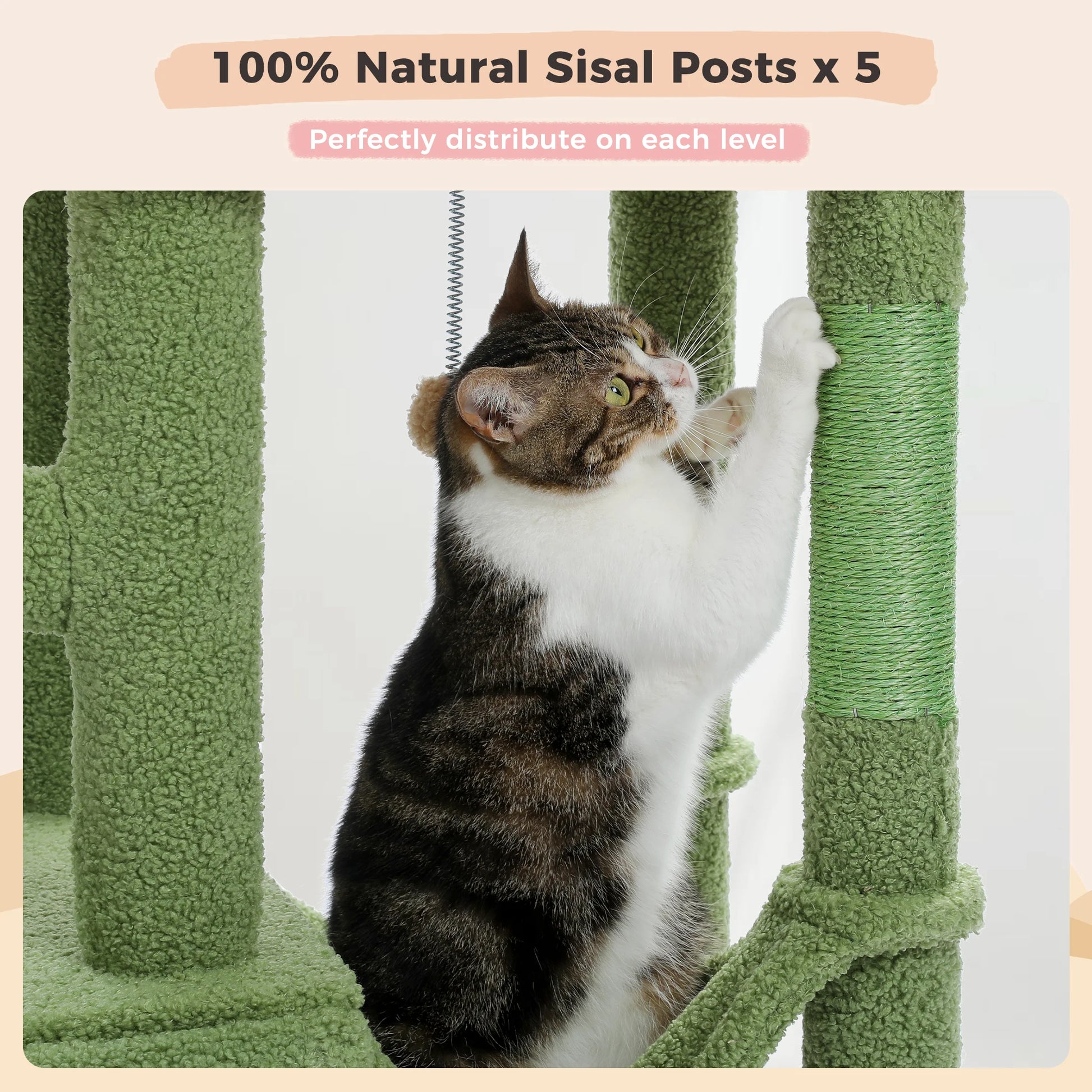Introduction
A cat tree is an essential investment for your feline friend, providing a space for exercise, relaxation, and entertainment. However, like any other piece of furniture, a cat tree requires regular maintenance to ensure its longevity and to keep it a safe, clean, and attractive environment for your pet. This comprehensive guide will offer practical tips and strategies for maintaining your cat tree, ensuring it remains a beloved part of your cat's life for years to come.
Understanding the Importance of Cat Tree Maintenance
Regular maintenance of a cat tree is crucial for several reasons. It helps to ensure the safety and stability of the structure, maintains cleanliness, and prolongs the life of the cat tree. Neglected cat trees can become unsanitary, unattractive, and even dangerous with loose parts or worn-out surfaces.
Basic Cleaning and Care
1. Regular Vacuuming:
- Use a vacuum cleaner with an upholstery attachment to remove fur, dust, and other debris from the cat tree. This should be done weekly or more frequently, depending on usage.
2. Spot Cleaning:
- Clean any spills or stains immediately using a mild detergent and warm water. Avoid harsh chemicals that could be harmful to your cat.
3. Washing Removable Parts:
- If your cat tree has removable covers or cushions, follow the manufacturer’s instructions for washing them. Machine washable parts should be cleaned regularly.
4. Litter Box Proximity:
- If the cat tree is near a litter box, it may require more frequent cleaning due to dust and litter being tracked onto the tree.
Structural Maintenance
1. Regular Inspection:
- Regularly inspect the cat tree for signs of wear and tear, especially the scratching posts, platforms, and any hanging toys.
2. Tightening Loose Components:
- Check and tighten any loose bolts or screws to ensure the cat tree remains stable and secure.
3. Replacing Worn Parts:
- Replace worn-out scratching posts or other parts. Many manufacturers offer replacement parts that can be easily installed.
4. Checking for Splinters and Rough Edges:
- Examine the cat tree for any splinters, rough edges, or exposed nails that could harm your cat and repair them as needed.
Odor Control and Hygiene
1. Deodorizing:
- Use pet-safe deodorizers to tackle any odors. Baking soda can be a natural alternative for neutralizing smells.
2. Disinfecting:
- Use a cat-safe disinfectant to clean the tree periodically. Ensure it's thoroughly rinsed and dried before allowing your cat to use it again.
3. Hair Removal:
- Besides vacuuming, use lint rollers or damp cloths to remove excess cat hair.
Enhancements and Upgrades
1. Adding New Features:
- To keep your cat's interest, consider adding new features like additional scratching posts, hanging toys, or comfortable bedding.
2. Refreshing the Look:
- Revitalize an old cat tree by rewrapping scratching posts with sisal rope or replacing worn carpet.
3. Encouraging Continued Use:
- Sprinkle catnip on the cat tree or use pheromone sprays to attract your cat to the tree, especially after cleaning or modifying it.
Seasonal Care and Considerations
1. Humidity and Temperature Effects:
- Be mindful of changes in humidity and temperature, as they can affect the materials of your cat tree. Wood, in particular, can swell or shrink.
2. Sunlight Exposure:
- Protect the cat tree from prolonged exposure to direct sunlight to prevent fading and weakening of materials.
Safety Checks
1. Regularly Assess Stability:
- Ensure the cat tree doesn’t wobble and remains firmly grounded, especially after heavy usage or cleaning.
2. Checking for Exposed Elements:
- Ensure that no staples, nails, or other sharp elements are exposed that could injure your cat.
Conclusion
Maintaining a cat tree is essential for the health and happiness of your feline friend. Regular cleaning, structural checks, and updates not only extend the life of the cat tree but also ensure it remains a safe and enjoyable space for your pet. By following these maintenance tips, you can ensure that your cat continues to enjoy their tree for many years. Discover Australia's most affordable range of premium cat trees and towers at cattreehaven.com.au where we bring joy to your feline friends with Australia's best cat trees and towers!
FAQs
Q: How often should I replace my cat tree?
A: The lifespan of a cat tree depends on its quality and how frequently it's used. Inspect it regularly for signs of wear and replace it when it's no longer safe or stable.
Q: Can I repair a cat tree myself?
A: Yes, simple repairs like tightening bolts or rewrapping scratching posts can be done at home. However, if the structure is severely compromised, it may be safer to replace it.
Q: Is it okay to move the cat tree to different locations?
A: Yes, moving the cat tree can renew your cat's interest in it. Just ensure it's always stable and safe in its new location.
In summary, regular maintenance of your cat tree is crucial for ensuring that it remains a safe, clean, and attractive environment for your cat. By incorporating these care and maintenance tips into your routine, you can extend the life of your cat tree and continue to provide a stimulating and enjoyable space for your feline friend. Remember, a well-maintained cat tree is not just beneficial for your cat's physical and mental health but also adds to the harmony and aesthetic of your home.



